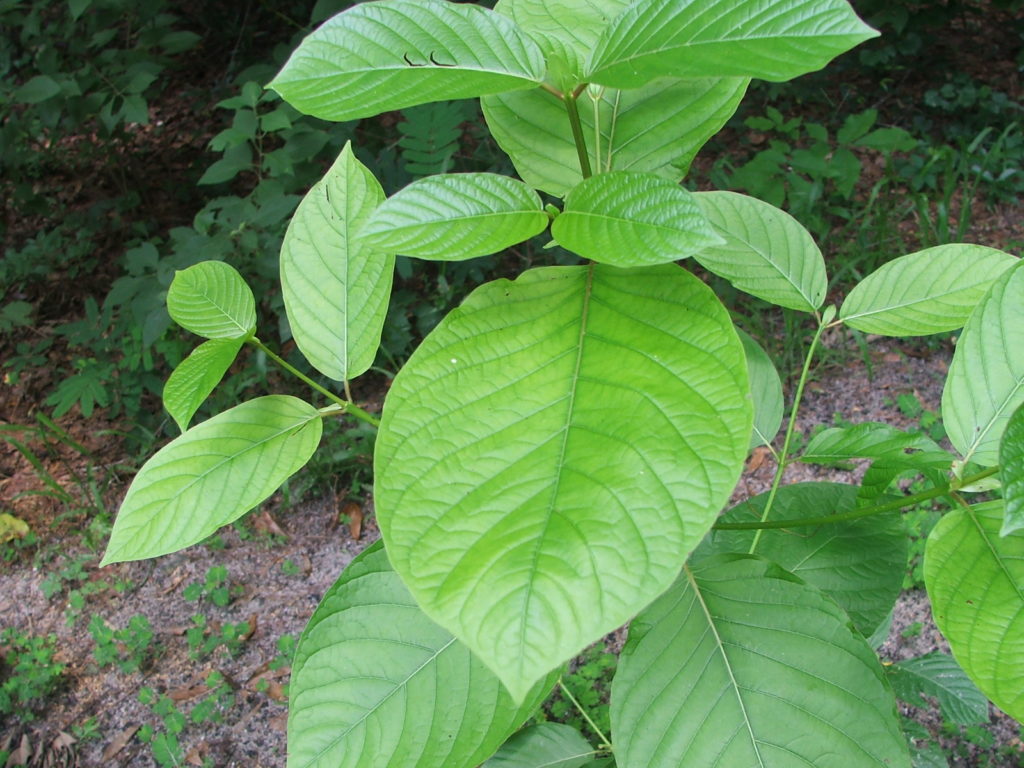
Important to note: This does NOT mean severe health risks from kratom alone do not exist. There is a toxic amount of any substance that can be ingested, including kratom. The majority, but not all, of toxic adverse events associated with kratom have involved other substances, as well as substance misuse in general. Kratom should not be consumed in high doses or with other substances.
A new review of published case reports on kratom use in Frontiers in Pharmacology found that while acute health problems have been reported, the quality of evidence is too inconsistent to draw firm conclusions about kratom’s precise risks.
Out of 95 patients identified,
Mitragynine presence was toxicologically confirmed in 55 cases; 35 were deceased (mitragynine blood levels ranged from 3.5 to 7,500 ng/mL), and 20 were living (range of 5 to 340 ng/mL). Reported adverse effects included pulmonary, cardiovascular, brain, liver, kidney, and gastrointestinal effects, as well as seizures, loss of consciousness, lethargy, fatigue, and altered mental states.
But the authors caution that most reports lacked critical details such as dosage, frequency of use, product type (not even differentiating between leaf kratom and extracts), and full toxicology screens. This made it difficult to determine whether kratom itself, other substances, or underlying conditions were responsible.
The review found that fatalities were more likely to involve other substances, including prescription medications or illicit drugs. In contrast, non-fatal cases more often involved kratom alone.
Still, the study noted that even when kratom appeared to be the only substance, documentation was often incomplete.
“Many reports are missing essential data, and the contribution of kratom cannot be reliably established,” the authors wrote.
The study emphasized that no safe or lethal dose of kratom has been reliably identified. It also highlighted the challenges of interpreting postmortem results, as kratom’s alkaloids may degrade after death.
The authors concluded that current case reports do not provide a solid scientific basis for claims about kratom’s toxicity. Instead, they called for more rigorous, controlled research that tracks dosage, product type, and substance interactions.
Another review of kratom-involved case reports published in 2023 found case reports to be “inadequate in full assessment of the patient’s kratom use”.
Many mainstream news stories present kratom’s toxic effects as fact rather than possibility — even when the underlying science is more ambiguous. Headlines and lead paragraphs frequently omit the limitations that may appear later in the article.
Chatgpt analyzed 65 kratom news headlines and ledes and divided the language into two categories:
- 35 articles used language that was Definitive / causation-leaning — language that reads like kratom causes specific toxic effects or deaths without prominent scientific caveats
- 30 articles used language that was Cautious / associative — language that frames effects as linked/associated/possible and emphasizes uncertainty, polysubstance confounding, or agency caveats
Despite the uncertainty of the science above, Chatgpt found “54% of sampled headlines/ledes present kratom’s toxic effects in a way that reads as if they were definitively established.”
Kratom by itself may not carry the level of risk that headlines sometimes suggest, but when it’s combined with alcohol, prescription medications, or illicit drugs, the danger increases significantly.
Researchers concluded “We identified a pattern of polysubstance use and confounding pharmaceutical prescriptions among the compiled case reports discussed in this paper, making the specific isolation of the effects of mitragynine alone on humans difficult, if not impossible, to determine…The main findings of this review suggested that most adverse effects coincided with polypharmacy, not kratom alone.”
Multiple studies have shown alkaloids in kratom inhibit cytochrome P-450 enzymes, which play a role in metabolizing drugs. Taking two or more substances (including kratom) that inhibit CYP450 enzymes can inhibit the metabolism of those substances, increasing the risk of toxicity.
While further research needs to be conducted on how extensively kratom interacts with other substances, two main CYP450 enzymes have been found to be inhibited by kratom alkaloids: CYP2D6 and CYP3A4. Kratom consumers who take other prescription drugs or dietary supplements should research whether these substances are also strong inhibitors of CYP2D6 and/or CYP3A4.
To avoid harmful interactions, many kratom consumers keep their doses low, take only plain leaf kratom (rather than strong extracts), and space their kratom dose several hours apart from prescription drugs or foods that might cause an interaction.
